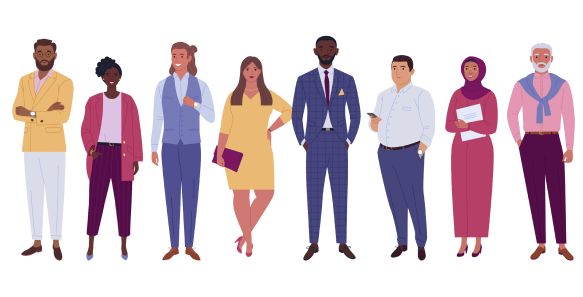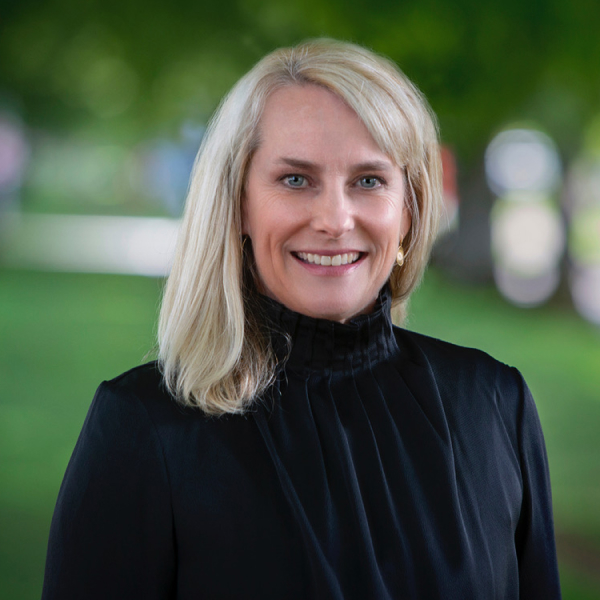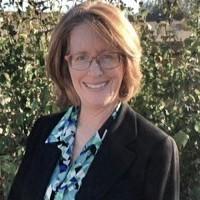Did you know that age remains that last acceptable form of bias in the workplace? While there are volumes we could write on why this is the case, I’d like to appeal to a different logic for why age should be included in every company's diversity, equity and inclusion (DE&I) initiatives: because age diversity in the workplace is good business.
Currently there is a whole new level of awareness regarding DE&I initiatives and how companies can do better. But, while it’s common to have veterans, sexual orientation, gender identification, and race included in DE&I initiatives, with the exception of a handful of forward-looking businesses, age is typically overlooked. In fact, according to PwC, only 8% of companies in the United States include age as a criterion for their DE&I strategy. They include companies such as Adobe, Mercedes, SAP, and Accenture. These are companies that see the value of hiring older people with 20 years or more of professional experience.
Companies that don’t include “age” in their DE&I initiatives miss the advantages of having an age and cognitively diverse team. Typically, there’s more than one way to solve a problem. Within any given team, each person’s unique problem-solving approach is based on a blend of their different backgrounds, experiences, personality, and the different ways each of us processes information. The more diverse a team is, the more likely that team is to approach a problem from different angles. Conversely, homogenous teams are more likely to approach a problem from a similar viewpoint, limiting their number of potential outcomes.
Then there’s the experience issue. Too often older professionals are taught that listing “20+ years of experience” on their LinkedIn profile or resume can be a liability. While it’s true that job candidates need to articulate the skills and capabilities they have developed over those 20+ years, the fact is that experience matters. Take a friend who told me about an experience at a design firm where her age (she was 45 at the time), and her years of experience were an advantage. She sat through a presentation on new packaging design for a client that was quite edgy. The design team was mostly younger professionals, as was the client team, which approved the design. They were ready to move to production, but something didn’t sit well with my friend. That’s when she asked the team, “has this been approved by the client’s legal department?” Everyone was silent and eventually revealed that no, it had not been approved by the legal team.
It turns out she asked that question because she recalled a similar experience at an ad agency decades earlier. While it may seem obvious in retrospect, my friend’s perspective helped the team avoid a packaging design faux pas and likely saved the firm from hefty legal bills and potential damage to their brand image. This isn’t an unusual occurrence. According to Deloitte, diversity of thinking is the source of creativity, enhancing innovation by about 20 percent. It also enables groups to spot risks, reducing them by up to 30 percent.
A Demographic Shift
With 25% of the workforce being over age 50 by 2024, it’s business savvy and practical to be intentional about hiring older workers. Before the pandemic, there was a huge labor shortage. Experts such as Andrew Scott, author and Economics Professor at Oxford University have predicted that although there are layoffs happening now, there will be another labor shortage in the next 3-4 years. The companies that embrace this change and hire and train older workers are the companies that will outperform their competition.
Why It Matters
Ageing happens to everyone (if we’re lucky) so it’s strange that people who are age biased don’t realize that they are discriminating against their future selves. In “This Chair Rocks” by Ashton Applewhite she writes, “discrimination on the basis of age is as unacceptable as discrimination on the basis of any other aspect of ourselves that we cannot change.”
Many capable people are not considered for an interview because of their age. Every person of every age should care about this social issue because it affects our health, our economy and our retirement savings. Younger generations don’t want to go through being discriminated against either. Ageism has become the last socially acceptable discrimination so it’s important to check your own bias when hiring.
Homogeneous Thinking
Older workers have historical insights and can see patterns that younger workers don’t always recognize. When a team is composed of homogenous backgrounds, experiences, and perspectives, the members’ thinking tends to be homogeneous and the result is typically reduced innovation. Team members tend to favor age diversity because it leads to positive outcomes. According to Randstad’s Q2 2018 global survey, 86% of workers prefer to be in a multi-generational team, reflecting different opinions and insights they gain from those older and younger than themselves. Nearly the same percentage (85%) say an age-diverse team helps them come up with innovative ideas and solutions and is mutually beneficial to all team members. Leadership will need to pursue different perspectives in order to be effective.
Lower Turnover Saves Money
Older workers stay in company positions on average 5 years compared to 2 years for younger workers. A 2019 CAP study found that it can cost up to 213 percent of annual salary for highly educated executive positions, meaning the real cost of replacing an employee who earns $100k a year is $213,000.
Customer Demographics
If your customer base consists of 25% people who are age 45 and older, your employees should reflect that percentage as well. This is a critical way to relate to your customers better, understand, and meet their needs.
“Ageism is everywhere, yet it is the most socially “normalized” of any prejudice, and is not widely countered – like racism or sexism. These attitudes lead to the marginalisation of older people within our communities and have negative impacts on their health and well-being.”
- World Health Organization
4 Steps to Becoming An Age-Diverse Organization:
- Include “age” as a criterion in DE&I initiatives and get buy-in from leadership
- Implement a two-way mentoring program for effective multigenerational teams
- Retain older workers by providing flexible schedules and providing courses to continue learning
- Get creative about retention strategies. At Mercedes, they launched a corporate video platform where older workers can post YouTube-like tutorials on complex working processes to pass on their expertise to the next generation.
There are numerous reasons why age diversity should be added to all diversity, equity and inclusion initiatives as we look at the positive social and broader economic impact that comes from embracing the reality of longevity. At illume hire, we’re focused on raising awareness for one simple fact: age diversity in your workforce is simply good business.
Reviewed & Recommended:
Next Question with Katie Couric Podast: Is Ageism Getting Old?
Forbes Next Avenue: The Diversity Employers Need To Remember: Age Diversity
| MORE ARTICLES
Emily’s vision for illume hire developed as part of her journey from a startup-curious sales and media professional to co-founder and CEO. Her passion is to provide resources to support professionals with 20+ years experience. Emily was part of the founding leadership team of Age Equity Alliance, a non-profit focused on the benefits of an intergenerational team.








